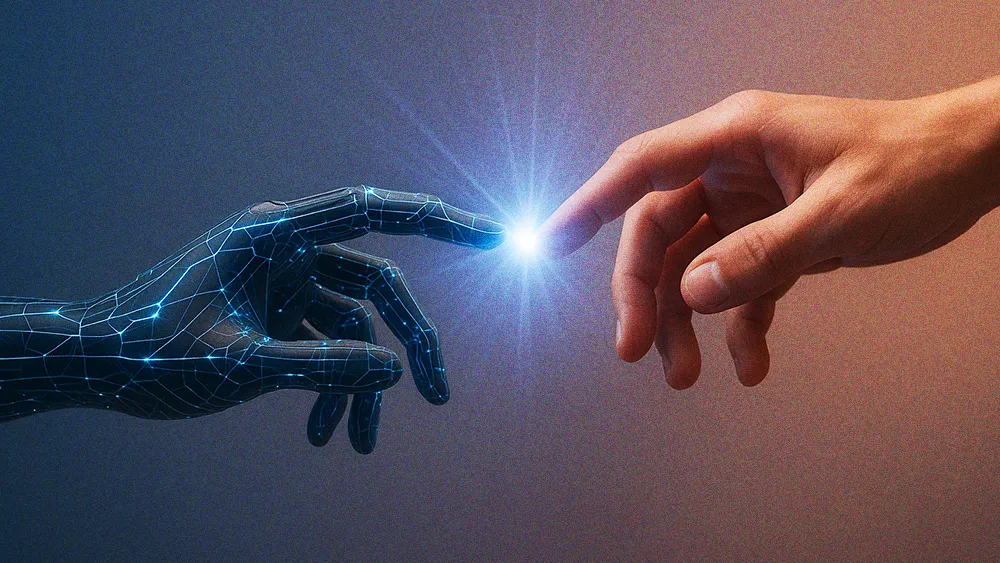
All articles
The Warranty Department: An Unsung Hero Of Customer Loyalty in Modern CX
Colin Waters, CX Manager for Warranty & Support at Caraway Home, reframes warranty claims as powerful drivers of customer loyalty and trust.

Key Points
Many companies treat warranty claims as a costly problem to be solved, which can damage the customer relationship.
Colin Waters, CX Manager for Warranty & Support at Caraway Home, explains that a warranty should instead be a retention tool that protects the initial investment of acquiring a customer.
The solution involves using an "empathy-action equation" to resolve issues quickly and turning claim data into a feedback loop that drives product improvements.
I see a warranty as a retention tool, almost like insurance for all the work that goes into earning a customer’s trust. It’s not about loss prevention, it’s about loyalty protection. You don’t want to lose someone because of one bad experience when they have countless other options. A warranty isn’t a cost center, it’s proof that your brand shows up when it matters most.
Some companies see a warranty claim as a problem to solve. But the brands built to last see it as a relationship to protect. A warranty is not just a policy but a promise, a chance to prove reliability when it matters most. By handling the critical moment of a warranty claim with care, a brand can turn frustration into proof of integrity, earning trust that compounds long after the issue is resolved.
Colin Waters, CX Manager for Warranty & Support at Caraway Home, has built his career on that belief. To him, the real power of a warranty program isn’t in cutting losses but in protecting the investment it took to earn a customer’s trust. The math is simple: a warranty claim costs only a fraction of what it takes to win that customer in the first place, making it one of the smartest marketing spends a brand can make.
"I see a warranty as a retention tool, almost like insurance for all the work that goes into earning a customer’s trust. It’s not about loss prevention, it’s about loyalty protection. You don’t want to lose someone because of one bad experience when they have countless other options. A warranty isn’t a cost center, it’s proof that your brand shows up when it matters most," says Waters.
Less apology, more action: Most warranty claims begin with a frustrated customer. Waters' solution is an "empathy-action equation" that prioritizes speed and helpful education over lengthy apologies. "The challenge is always to listen with empathy but act with urgency. You don’t want to bury a customer in apologies; you want to show them you’re already fixing it. For us, that means pairing speed with education and using tools like a warranty portal so we can collect everything we need up front and resolve the issue in one clear, confident move," Waters explains.
Teach, don't preach: "If a customer has an issue that stems from how they were using the product, we take the opportunity to walk them through what happened and how to prevent it next time, in a way that feels helpful, not corrective." When a customer hits a bump in that learning curve, Waters sees it as an opportunity to exceed expectations, not to enforce rules. "Making an exception to our policy is an opportunity to create a 'wow' moment for someone who probably isn’t expecting us to help. That surprise and delight is incredibly powerful."
But the strategy goes beyond protecting marketing spend. The warranty team doubles as a real-time feedback loop, turning customer claims into data that drives product improvements. By tracing issues back to their source, Waters and his team help refine designs, reduce ticket volume, and save the company money.
The view from the front lines: "I’m the product team’s eyes and ears in the field. Every claim tells a story, and when patterns emerge, we use that data to pinpoint the cause and recommend fixes. Even a small change can make it into the next production batch and cut tickets by up to 20%, saving the company hundreds of thousands," Waters says.
For Waters, true loyalty isn’t something that can be scaled or automated. It’s built one genuine interaction at a time. He recalls connecting with a customer over a shared memory of her small town—a simple exchange that instantly shifted the conversation's tone. Those moments, he says, are what turn service into connection and customers into advocates.
"It’s never the macros that make someone feel cared for. It’s the small, human details, like noticing the flowers in the background of a photo, asking if they’re from the customer’s garden, and reminding them there’s a real person on the other side who actually sees them."







